The Benefits of Hair Masking with Mayonnaise
Inspired by a video revealing hair care secrets by Happi Pham, a beauty blogger renowned for her lustrous, healthy-looking long black hair, this unique hair treatment has gone viral among those seeking simple yet effective hair care routines. In the video, Happi Pham discloses her long-standing practice of using mayonnaise combined with apple cider vinegar as a hair mask. While mayonnaise is typically associated with enhancing the flavor of dishes, it is also an effective hair care product due to its high fat and moisture content.
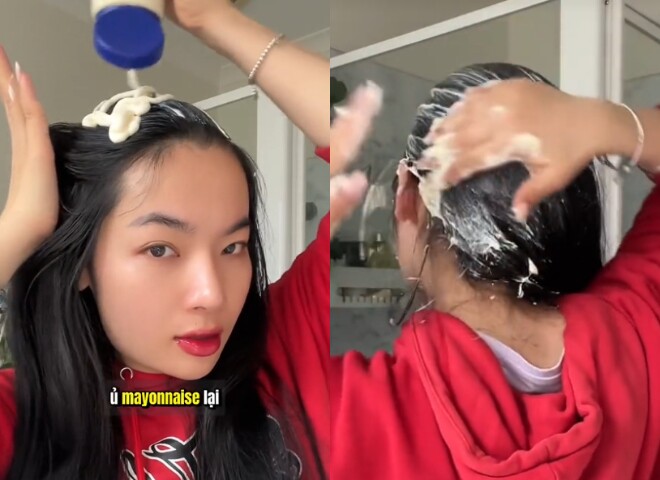 Happi Pham’s mayonnaise hair mask has sparked a trend among beauty enthusiasts on social media.
Happi Pham’s mayonnaise hair mask has sparked a trend among beauty enthusiasts on social media.
Mayonnaise, being rich in egg yolks, proteins, vitamins, and fatty acids, works wonders for improving hair texture, making it smoother and shinier. Additionally, its natural protective properties shield hair from UV damage during the summer and help retain moisture, preventing dryness and breakage in the winter.
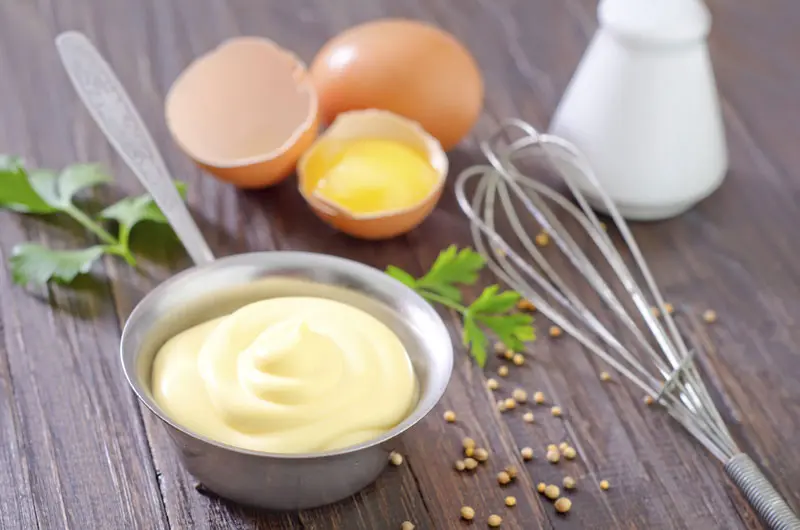
The apple cider vinegar in mayonnaise helps regulate and maintain the scalp and hair’s optimal pH level, preventing issues like scalp infections. The amino acids and proteins in mayonnaise nourish the scalp, stimulate hair follicles, promote faster hair growth, strengthen hair strands, and prevent breakage and split ends. Using a mayonnaise hair mask is a simple yet comprehensive approach to caring for your hair from root to tip.
How to Apply a Mayonnaise Hair Mask
Following Happi Pham’s guidance, you can purchase ready-made mayonnaise from supermarkets and directly apply it to your hair. However, it’s crucial to opt for plain mayonnaise without any added ingredients like garlic, onion, or chili.
1. Apply Mayonnaise Generously to Your Hair: Take a sufficient amount of mayonnaise and spread it evenly from the roots to the tips of your hair. Ensure that your hair is thoroughly coated for maximum absorption of the nourishing ingredients.
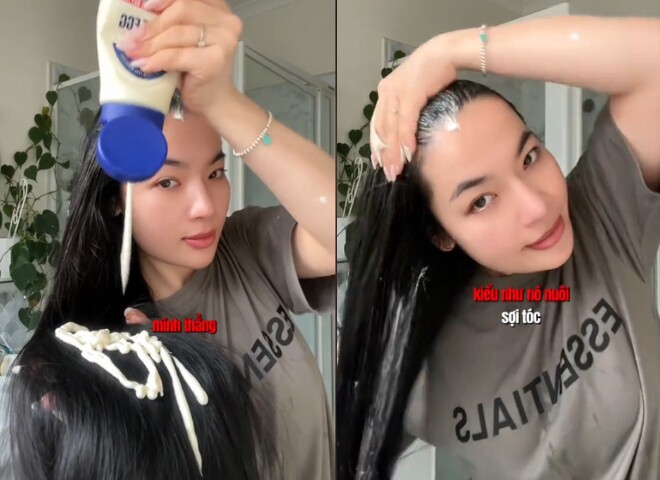
2. Wrap Your Hair with Plastic Wrap: After applying mayonnaise, use plastic wrap to securely cover your entire head. This step helps retain moisture and prevents air from drying out the mask, ensuring its effectiveness.
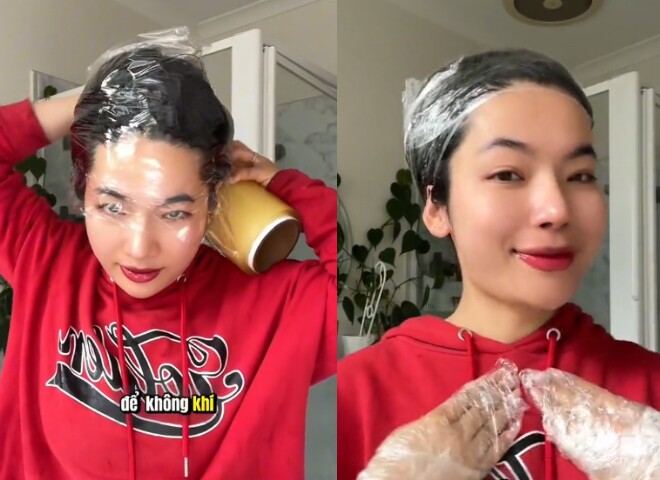
3. Treat Your Hair with Diluted Apple Cider Vinegar: After 30 minutes of mayonnaise treatment, dilute apple cider vinegar with water in a 1:3 ratio. Spray this solution onto your hair, and leave it on for an additional 10 minutes. The vinegar helps balance the hair and scalp’s pH, providing a deep clean and natural shine.
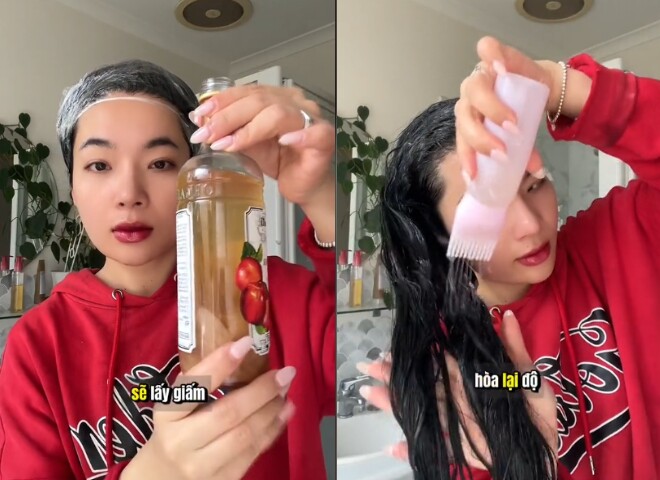
4. Rinse and Shampoo: Once the treatment is complete, thoroughly rinse your hair with water until it runs clear. Follow up with a double shampoo and a conditioner to ensure your hair is free of any residue and feels clean and fresh.
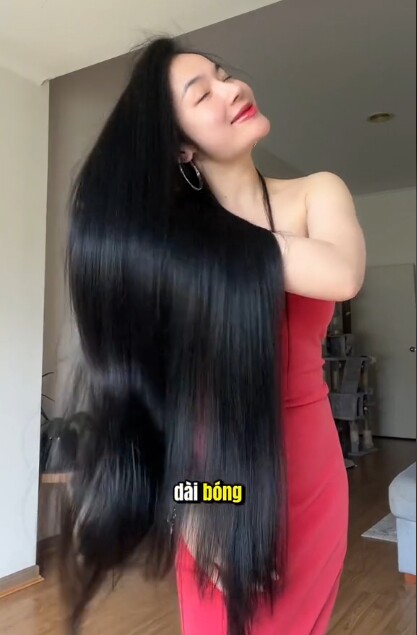
The result? Smooth, shiny, and healthy-looking hair.
DIY Mayonnaise Hair Mask
If you’re hesitant to use store-bought mayonnaise, you can easily make your own hair mask at home with a few basic ingredients: eggs, olive oil, and apple cider vinegar. In some of her videos, Happi Pham demonstrates how to prepare a DIY mayonnaise hair mask, emphasizing its superior effectiveness compared to ready-made options.
Preparation and Method
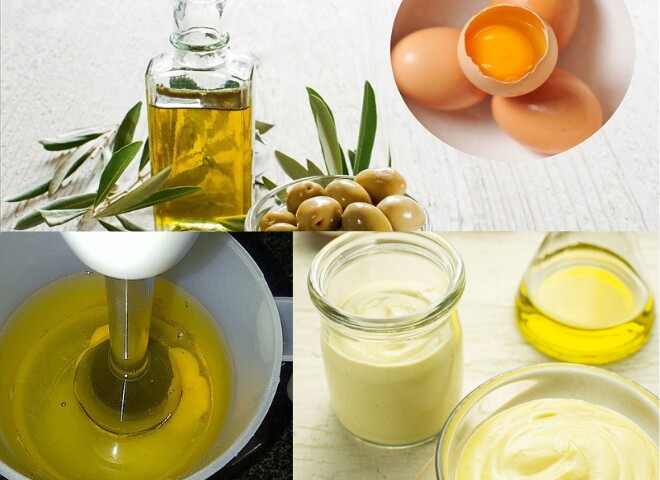
– 2 egg yolks: Eggs are a natural source of protein and fat, promoting strong and supple hair.
– 2 teaspoons of apple cider vinegar: This ingredient helps balance the hair and scalp’s pH, removing excess sebum and naturally cleansing the hair.
– Combine the above ingredients in a blender, gradually adding olive oil until you achieve a light yellow mixture with a creamy consistency. You can substitute olive oil with coconut oil. Blend until the mixture is well-combined and slightly fluffy, ensuring it doesn’t separate.






























